Learn how massage can improve your life
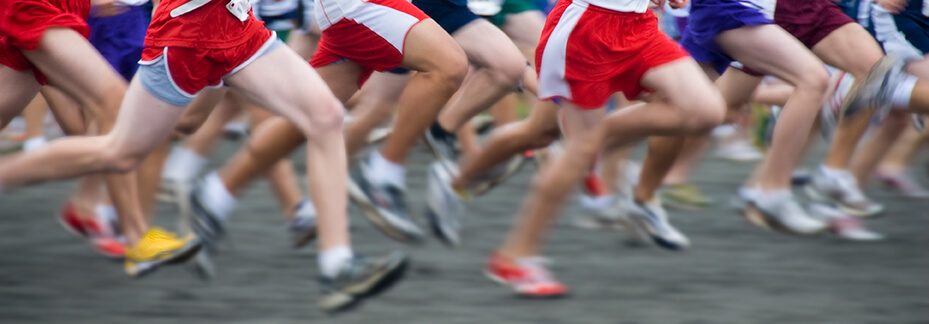
Running a marathon takes a serious toll on both the body and mind, requiring months of training and a high level of physical and emotional resilience. Recovery is often overlooked, even though it’s the time when the body needs to heal and reset. Many runners stay so focused on the race itself that they forget […]
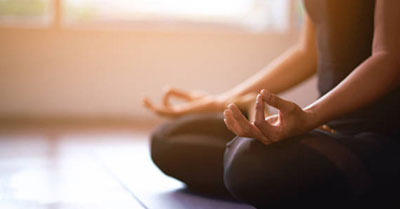
In a city as dynamic as New York, where stress, movement, and performance are daily demands, integrative wellness isn’t a trend—it’s a necessity. At Body Mechanics, we believe that optimal health is achieved when body and mind work in harmony. Our program for Massage therapy NYC, when integrated with physical therapy, yoga, and mental health […]
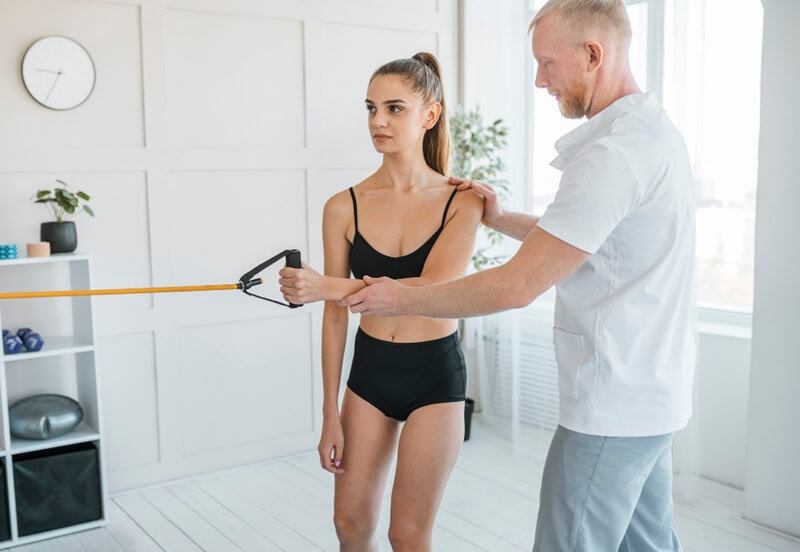
In today’s digital world, prolonged sitting, constant computer use, and a lack of physical activity have become far too common. At Body Mechanics, we recognize that these habits often lead to chronic back and neck pain. But before exploring whether massage can ‘fix’ hunchbacks and forward head posture, it’s important to first understand the root […]
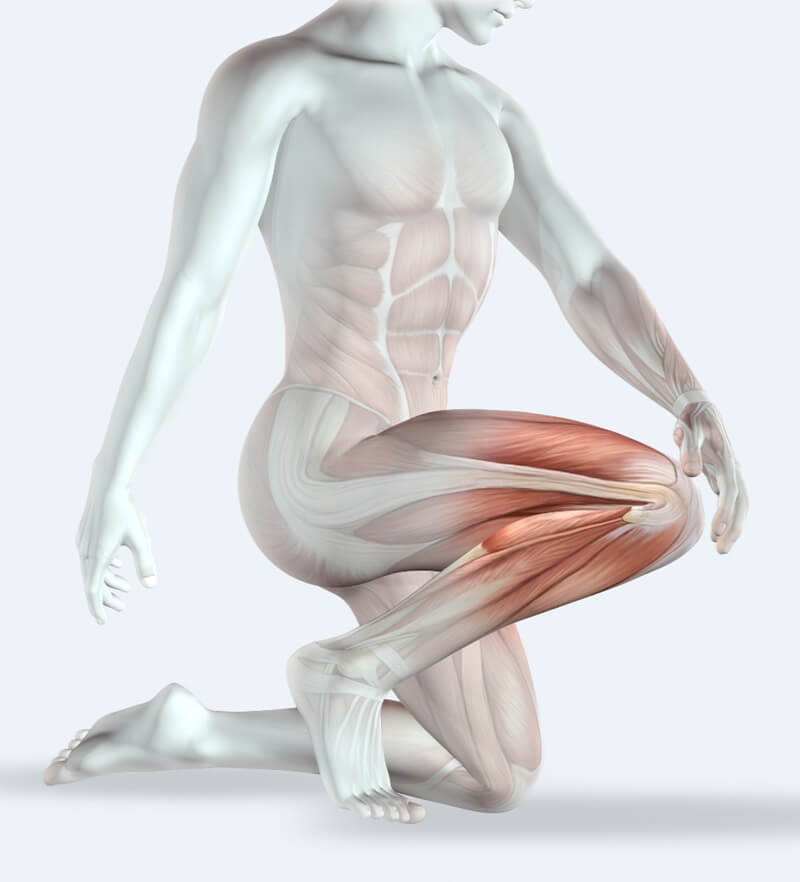
Fascia plays a crucial role in the way our bodies move, but it’s often overlooked in discussions about pain and mobility. Whether you’re struggling with chronic pain or simply looking to improve flexibility, understanding fascia and how it affects the body is essential. In this blog post, we’ll explore what fascia is, how it impacts […]
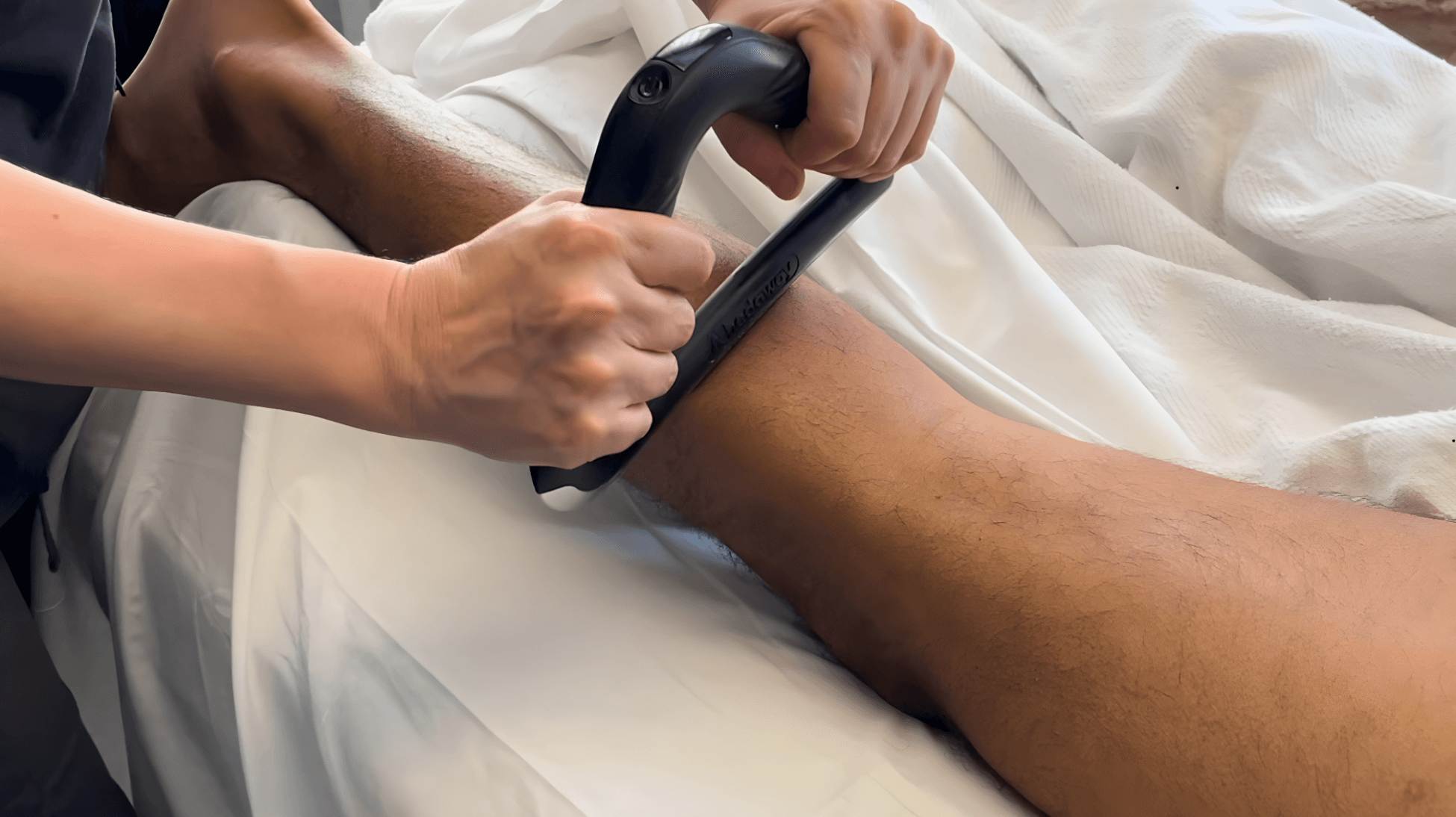
How Sports Massage Can Enhance Athletic Performance Athletes constantly push their bodies to the limit in pursuit of peak performance. While intense training and proper nutrition play crucial roles in athletic success, one key factor that is often overlooked is the importance of sports massage. In particular, athletes engaging in CrossFit and running can greatly […]
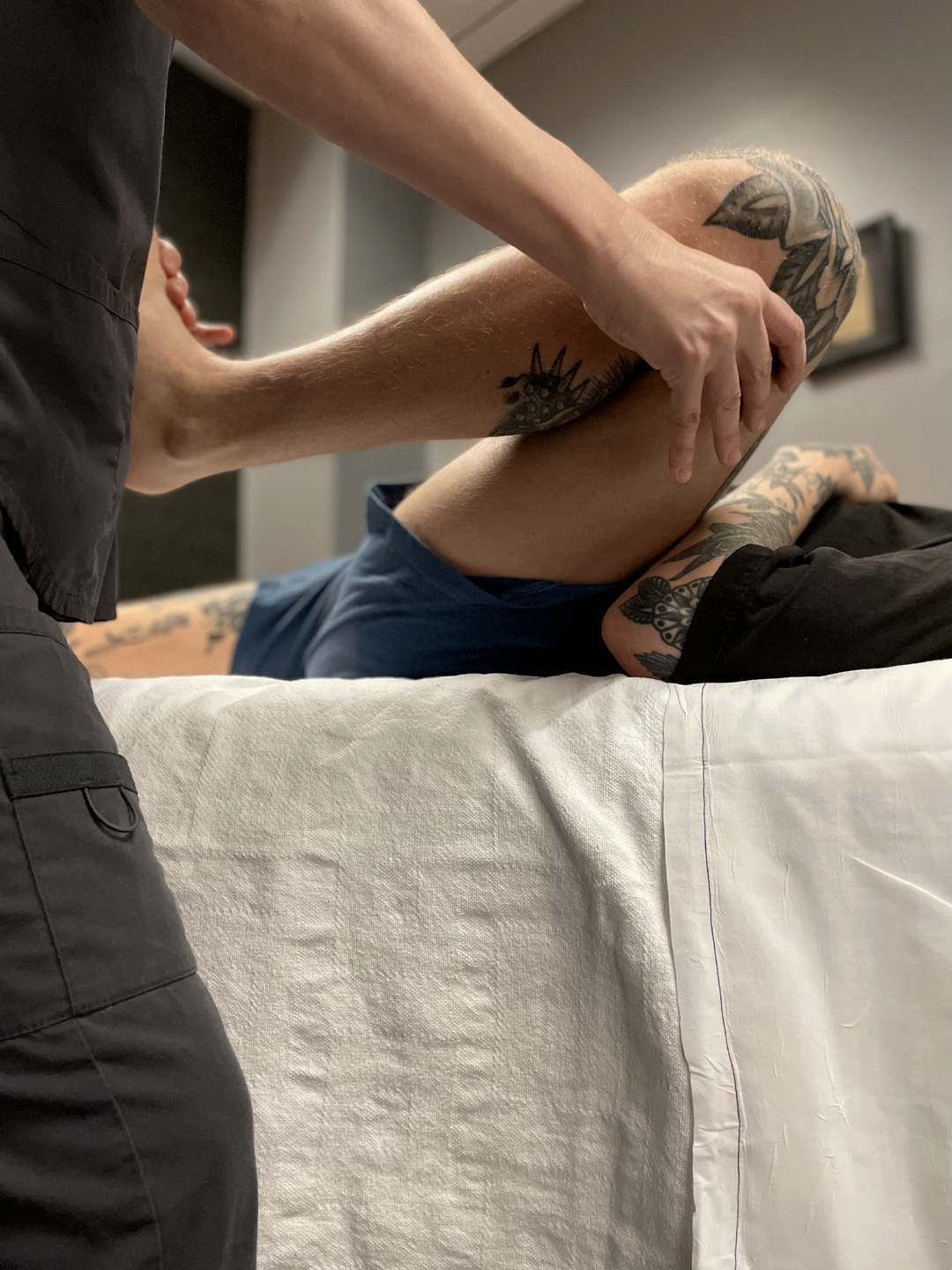
The Importance of Recovery and Self-Care Are you someone who leads an active lifestyle, engaging in regular physical activities, intense workouts, or even just the demands of daily movement? If so, you understand how important recovery and self-care are for maintaining your body’s health and performance. One highly effective way to enhance your body’s recovery […]
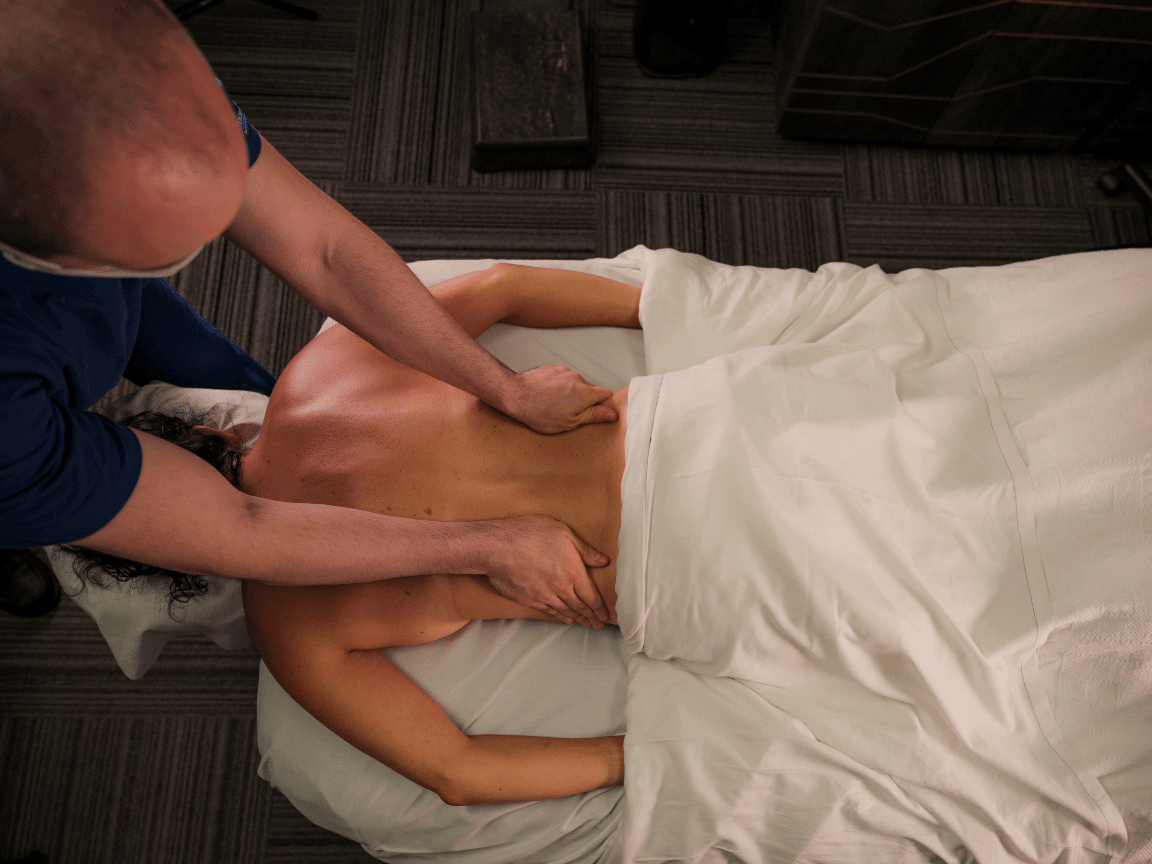
Unlocking Peak Performance: Pre-Event Massage Strategies at Body Mechanics Hello, athletes and fitness enthusiasts! We’re Body Mechanics Orthopedic Massage, your go-to experts for sports massage, right here in the dynamic neighborhoods of Midtown and 54th Street in Manhattan. Today, we’re excited to talk about something that’s crucial for any athlete – effective pre-event massage strategies. […]
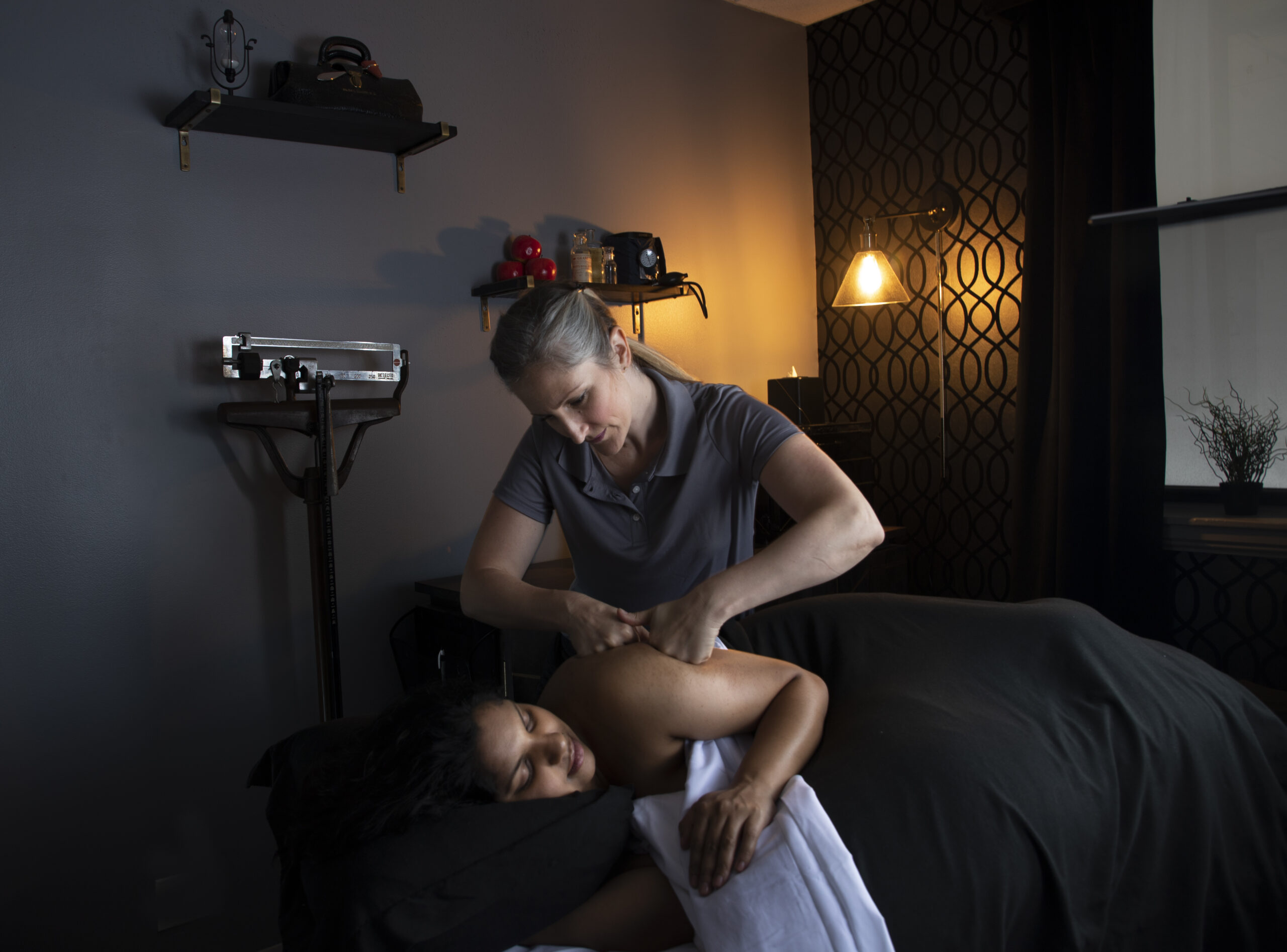
Hey there! We’re Body Mechanics Orthopedic Massage, your friendly neighborhood wellness experts, conveniently located in Midtown (in the 34th Street district) and on 54th Street, right in the bustling heart of Manhattan. We’re not just any massage clinic; we’re a family passionate about sports, prenatal, and medical-massage. Today, we’re excited to share with you the […]
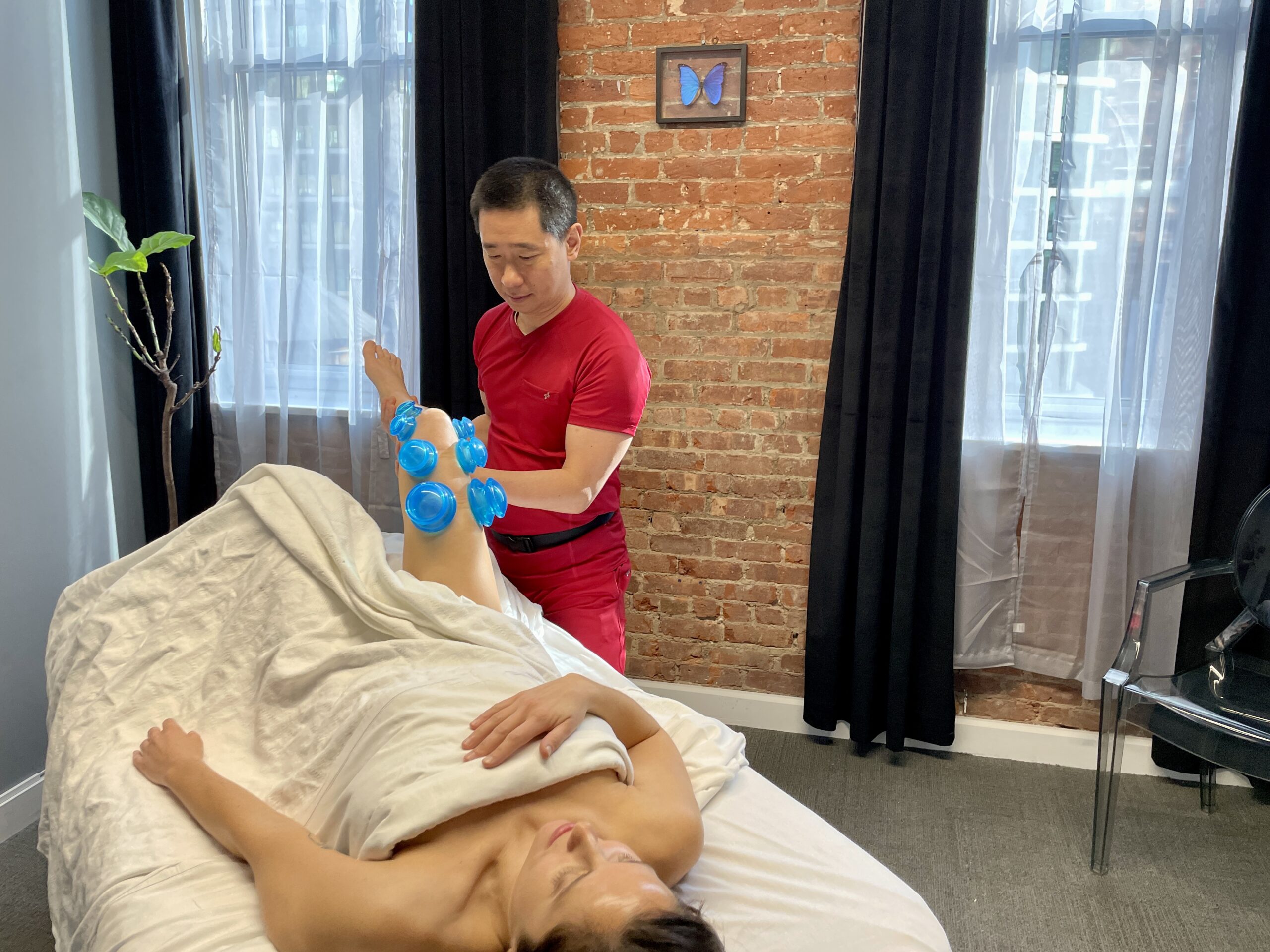
In the heart of Manhattan, Body Mechanics Orthopedic Massage stands as a beacon of innovation in therapeutic massage, traditional practice with the latest in science based massage to offer unparalleled care. Among the many services, cupping therapy emerges as a cornerstone. A new and modern adaptation of old techniques. The Essence of Cupping Therapy Cupping therapy, a […]
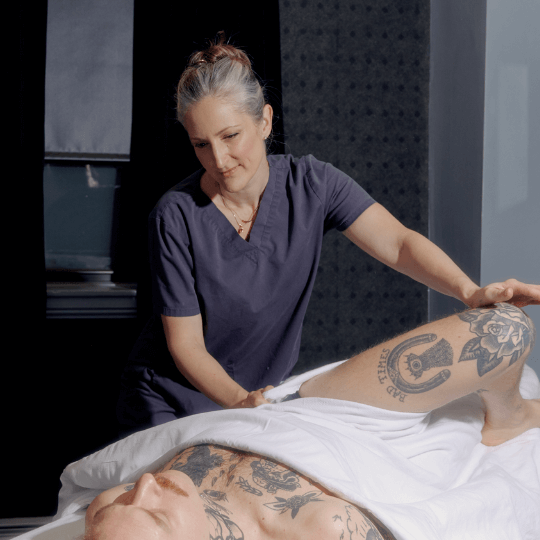
Welcome to Body Mechanics Orthopedic Massage, where we blend the science of healing with the art of caring. Our approach to wellness extends beyond traditional massage therapy; we advocate for incorporating stretching and mobility techniques to enhance flexibility and maximize the therapeutic effects of our massages. The Power of Flexibility Flexibility is a key component […]